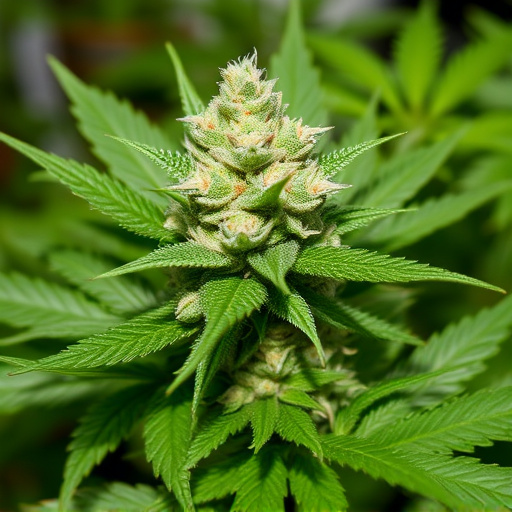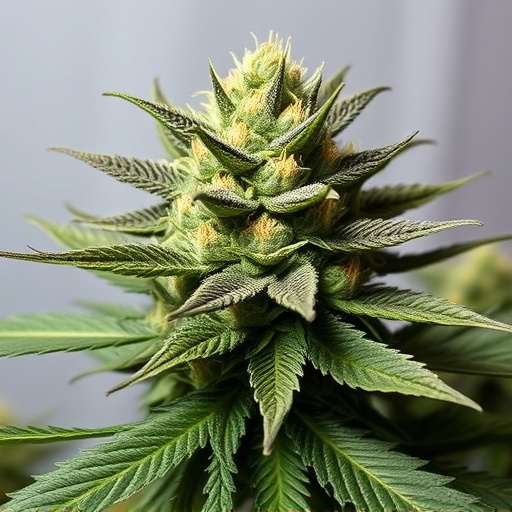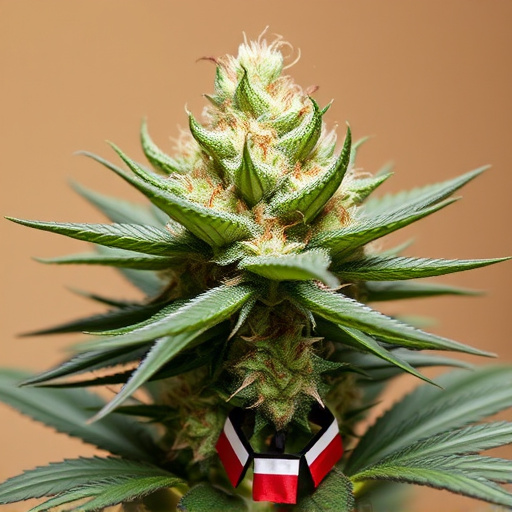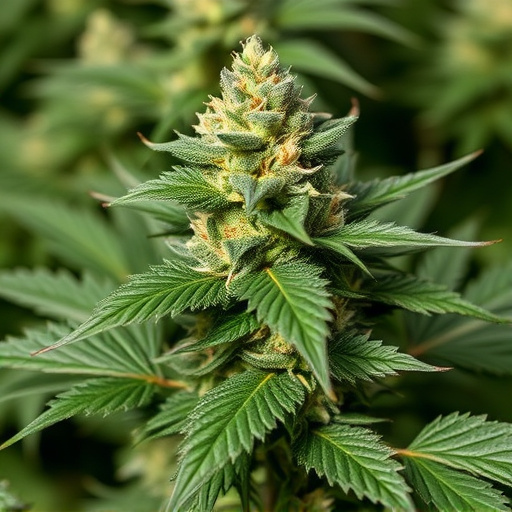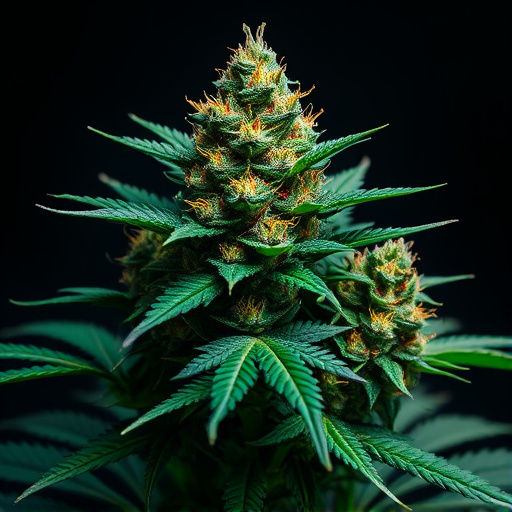Big Bud strains of cannabis offer a unique combination of terpenes (e.g., myrcene) and cannabinoids (THC, CBD) providing distinct aromas, flavors, and therapeutic effects. These strains are popular for medical use due to their high cannabinoid concentrations, potent benefits, and impressive yields. Indica-dominant Big Buds effectively manage chronic pain, inflammation, multiple sclerosis, insomnia, anxiety, and stimulate appetite, making them valuable assets in modern medical cannabis practices.
Cannabis flower has gained significant attention for its medical potential, with many seeking relief from various conditions. Understanding the composition of cannabis, particularly the interplay between terpenes and cannabinoids, is key to harnessing these benefits. This article delves into the science behind cannabis flower, focusing on powerful ‘big bud’ strains known for their potent effects. We explore specific health applications, providing insights into how these strains can address diverse medical needs, making cannabis a valuable tool in modern wellness.
- Understanding Cannabis Flower Composition: The Role of Terpenes and Cannabinoids
- Big Bud Strains: Unlocking Potent Medical Benefits
- Exploring Specific Conditions and Their Corresponding Big Bud Strain Applications
Understanding Cannabis Flower Composition: The Role of Terpenes and Cannabinoids
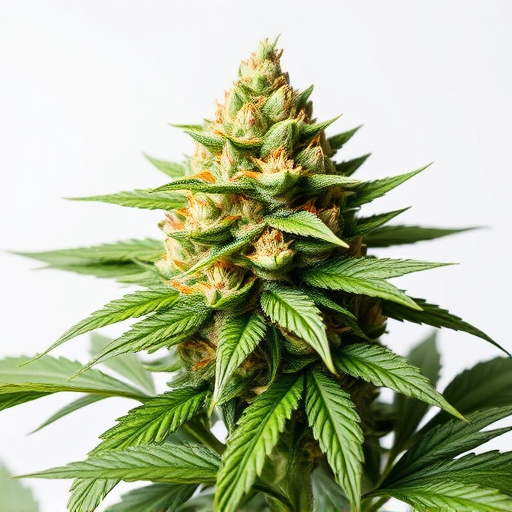
Cannabis flower’s medical benefits stem from its complex composition, primarily consisting of terpenes and cannabinoids. Terpenes are aromatic compounds that give cannabis its distinctive smells and flavors, with some varieties, like Big Bud strains, boasting unique terpene profiles that contribute to specific effects. For instance, myrcene, a common terpene in Big Bud, is known for its calming and relaxing properties, making it potentially useful for anxiety relief and sleep aid.
Cannabinoids, such as THC (tetrahydrocannabinol) and CBD (cannabidiol), are another critical component. These compounds interact with the body’s endocannabinoid system, which plays a role in regulating mood, memory, pain perception, and inflammation. Big Bud strains, rich in cannabinoids, can offer therapeutic benefits for various conditions, from chronic pain and inflammation to epilepsy and multiple sclerosis. Understanding these chemical interactions is key to harnessing cannabis’s medical potential.
Big Bud Strains: Unlocking Potent Medical Benefits
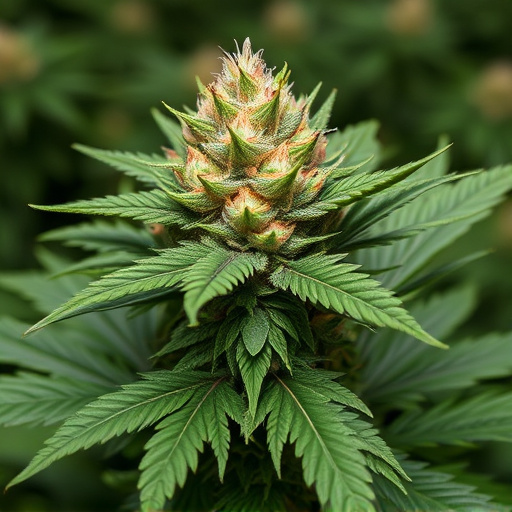
Big Bud strains are renowned for their potent medical benefits, making them a popular choice among patients seeking effective treatment. These varieties boast impressive yields and high cannabinoid concentrations, offering a range of therapeutic effects. The genetic makeup of Big Buds typically includes indica dominant traits, contributing to their relaxing and sedating properties, which can be beneficial for managing anxiety, insomnia, and chronic pain.
The robust profiles of these strains allow for precise dosing, ensuring patients receive the desired medical benefits without excessive side effects. Terpene profiles play a significant role in the overall experience, with specific terpenes enhancing the therapeutic attributes. Many Big Bud strains also exhibit fast flowering times, enabling patients to access their medicine promptly, making them invaluable resources in modern medical cannabis practices.
Exploring Specific Conditions and Their Corresponding Big Bud Strain Applications
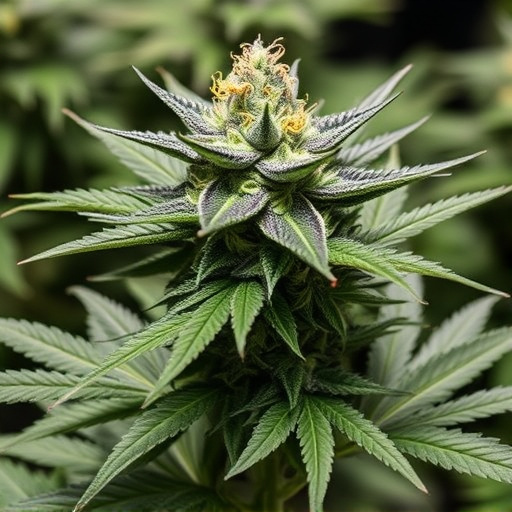
Cannabis flower offers a wide range of medical benefits, and different conditions may require specific strains to achieve optimal results. Big bud strains, known for their dense, heavy yields, are particularly sought after in the medical cannabis community due to their high cannabinoid content. For instance, conditions like chronic pain, inflammation, and multiple sclerosis (MS) often respond well to strains rich in THC, such as Big Bud or White Widow, which can provide potent analgesic and anti-inflammatory effects.
Specific big bud strains are also effective for treating insomnia and anxiety disorders. Indica-dominant varieties like Granddaddy Purple or OG Kush are popular choices due to their calming and sedative properties. These strains can help patients relax, improve sleep quality, and alleviate symptoms of stress and anxiety. Additionally, conditions affecting appetite, such as chemotherapy-induced nausea or eating disorders, may find relief in strains known for their appetite-stimulating effects, like Blue Dream or Pineapple Express—all part of the diverse applications of big bud strains in medical cannabis therapy.
Cannabis flower’s medical potential lies in its diverse terpene and cannabinoid profiles, with big bud strains emerging as powerful tools for various health conditions. These strains offer a promising avenue for natural relief, providing an alternative approach to traditional medicine. By understanding the unique compositions of different big bud strains, patients and healthcare providers can explore tailored treatments, harnessing the therapeutic benefits of cannabis for improved quality of life.






